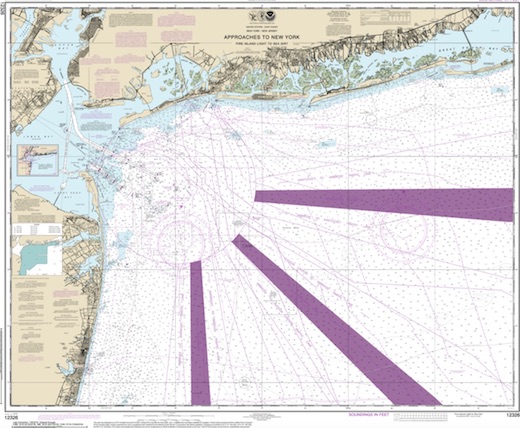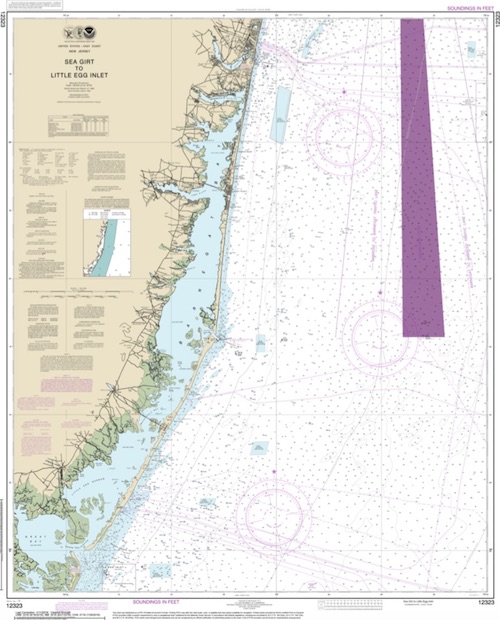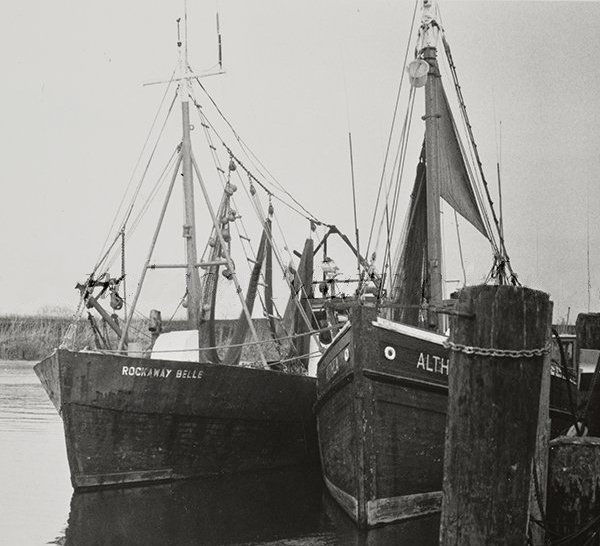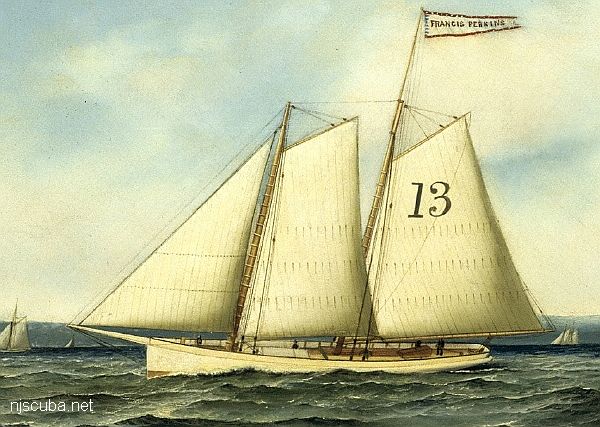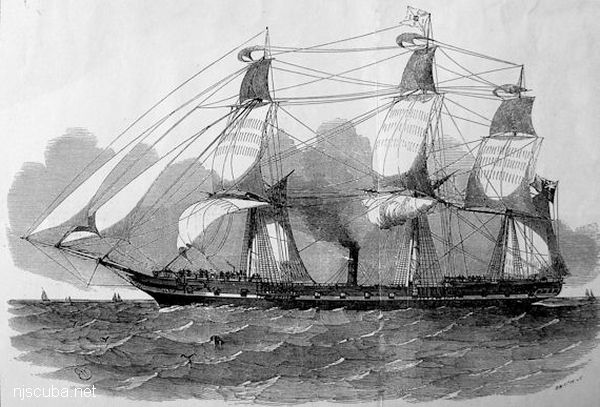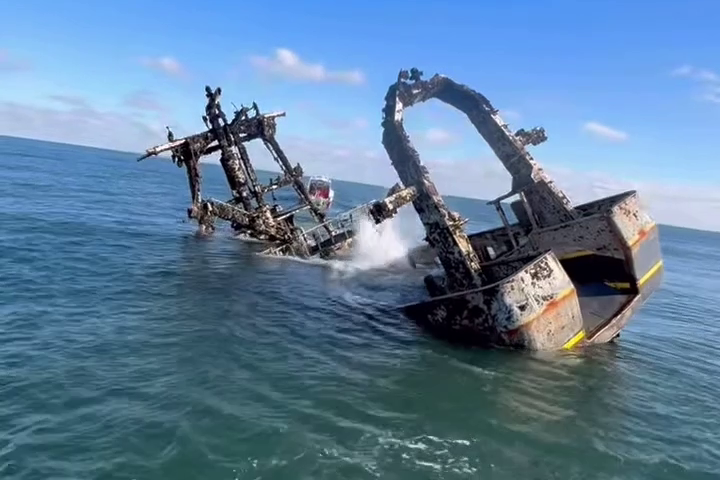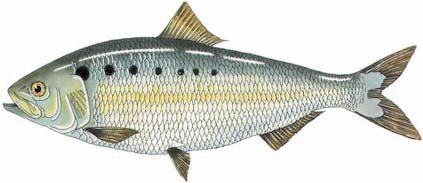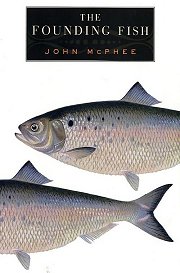Manasquan Dive Sites Chart
- 120 Wreck
- Across Wreck
- Adele
- Alex Mac
- Allenhurst Jetty
- Anastasia
- Antioch
- Arundo
- Axel Carlson Reef ...
- Ayrshire
- Ayuruoca
- Balaena
- Barge #10
- Barnegat Bay
- Beach Jetties
- Benson
- Beth Dee Bob
- Blue Boy
- Bluff's Wreck
- Bonanza
- Brunette
- Cadet
- Capt. Smitty
- Catherine Jackson
- Charlemagne Tower
- clam boat
- Delaware
- drydock barge
- Duncan
- Edward W. Winslow
- Ellie B
- Emerald
- Francis A Perkins
- Gassoon
- German
- Glory Wreck
- Goulandris
- Granite Wreck
- Gulf Trade
- Gypsy
- Hankins Wrecks
- Ida K SC-1282
- Irene/Truro
- Joan LaRie III
- John Minturn
- Klondike Rocks
- Lana Carol
- Larsen
- Lavallette Wreck
- Leon Walter
- Lillian
- Lizzie H. Brayton
- Logwood
- Mahogany
- Malta
- Manasquan Inlet
- Manasquan Inlet Filling In
- Manasquan Reef ...
- Manasquan River
- Manasquan Wreck
- Marion
- Maurice Tracy
- Meta
- Middle Barge
- Mohawk
- Mud Hole
- New Deal
- New Era
- New Jersey Aquarium
- Northeast Sailor
- Olsen
- Park City
- Pinta
- Pliny
- Plymouth
- Pocopson
- Railroad Bridge
- Ranger
- Ridge Schooner
- Riggy Barge
- Rjukan
- Rockaway Belle
- Roy's Barge
- Rump
- Sea Girt Inlet
- Sea Girt Reef ...
- Sea Girt Wreck
- Seaside Crane barge
- Shark River
- Shark River - A Street
- Shark River - Back Bay
- Shark River Inlet
- Shark River Reef ...
- Spring Lake Sailor
- Stolt Dagali
- SW Mohawk
- Thurmond
- Tolten
- Vega
- Vivian
- Western World
